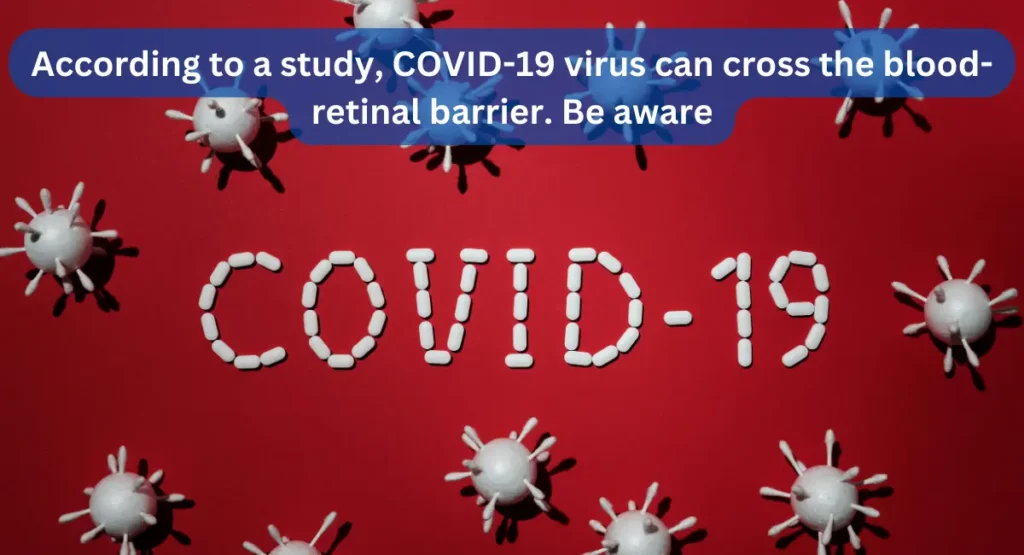
In our fast-paced, always-connected world, finding moments of peace can feel like searching for a needle in a haystack. But what if I told you that the key to unlocking inner calm and boosting your overall well-being is right at your fingertips?
Welcome to the transformative world of mindfulness meditation! Did you know that people who practice mindfulness meditation regularly report a 31% decrease in stress levels? That’s right – just a few minutes a day could be your ticket to a calmer, more focused you.
Whether you’re a meditation newbie or a zen master looking to expand your practice, this guide will walk you through 10 powerful mindfulness meditation techniques that are set to take 2024 by storm. So, take a deep breath, get comfortable, and let’s embark on this journey to inner peace together!
Table of Contents
ToggleUnderstanding Mindfulness Meditation: The Basics
Before we dive into specific techniques, let’s get grounded in what mindfulness meditation is all about. At its core, mindfulness is the practice of being fully present in the moment, aware of your thoughts, feelings, and surroundings without judgment. It’s like giving your mind a gym workout, strengthening your ability to focus and find calm amidst life’s chaos.
Rooted in ancient Buddhist traditions, mindfulness has gained massive popularity in recent years, backed by a growing body of scientific research.
Studies show that regular practice can reduce stress, anxiety, and depression while improving focus, emotional regulation, and even physical health. It’s no wonder mindfulness has found its way into schools, workplaces, and healthcare settings!
1. The Breath Awareness Technique: Your Anchor to the Present
Let’s start with the foundation of mindfulness: breath awareness. This technique is simple yet powerful, making it perfect for beginners and seasoned practitioners alike.
Here’s how to do it:
- Find a comfortable seated position.
- Close your eyes or soften your gaze.
- Take a few deep breaths to settle in.
- Begin to notice your natural breath – don’t try to change it.
- Focus on the sensation of breathing. Maybe it’s the air moving through your nostrils, or your chest rising and falling.
- When your mind wanders (and it will!), gently bring your attention back to your breath.
Start with 5 minutes and gradually increase your practice time. Remember, it’s called a practice for a reason – your mind will wander, and that’s okay. The magic happens when you notice and return to your breath.
2. Body Scan Meditation: Cultivating Body-Mind Connection
The body scan is a fantastic way to release tension and tune into physical sensations you might usually ignore. Here’s a quick guide:
- Lie down or sit comfortably.
- Close your eyes and take a few deep breaths.
- Start at your toes, bringing your attention to any sensations you feel.
- Slowly move your focus up through your body – legs, hips, torso, arms, neck, and head.
- Notice any areas of tension or discomfort without trying to change them.
- Imagine breathing into each part of your body as you scan.
This practice can be especially helpful for improving sleep quality and managing chronic pain. Pro tip: There are great apps out there with guided body scans if you prefer some verbal cues.
3. Loving-Kindness Meditation: Nurturing Compassion and Empathy
In a world that often feels divided, loving-kindness meditation (also known as Metta) is a powerful tool for cultivating compassion – both for yourself and others. Here’s how to practice:
- Sit comfortably and close your eyes.
- Begin with yourself, repeating phrases like: “May I be happy. May I be healthy. May I be safe. May I live with ease.”
- Visualize the words enveloping you in a warm, loving light.
- Gradually extend these wishes to others – a loved one, an acquaintance, someone you find difficult, and finally all beings.
This practice can be transformative for relationships and emotional well-being. It might feel awkward at first, but stick with it – the results can be truly heart-opening.
4. Mindful Walking: Meditation in Motion
Who says meditation has to be stationary? Mindful walking is a great way to incorporate mindfulness into your daily life. Try this:
- Choose a quiet place to walk slowly.
- Pay attention to the sensation of your feet touching the ground.
- Notice the movement of your legs and the shifting of your weight.
- Expand your awareness to include your surroundings – sights, sounds, smells.
- When your mind wanders, gently bring it back to the physical sensations of walking.
This technique is perfect for those who find sitting still challenging. Plus, it’s a great way to sneak some mindfulness into your daily commute or lunch break!
5. Visualization Meditation: Harnessing the Power of Imagination

Visualization is like a mini-vacation for your mind. It can be used for relaxation, goal setting, or boosting confidence. Here’s a simple peaceful place visualization:
- Close your eyes and take a few deep breaths.
- Imagine a place where you feel completely at peace. It could be real or imaginary.
- Engage all your senses – what do you see, hear, smell, and feel in this place?
- Spend a few minutes soaking in the peacefulness of this mental oasis.
- When you’re ready, slowly bring your awareness back to your surroundings.
Visualization can be a powerful tool for managing anxiety and setting intentions. The more you practice, the more vivid and effective your visualizations will become.
6. Mindful Eating: Savoring Every Bite
In our rushed society, we often eat on autopilot. Mindful eating brings us back to the simple pleasure of nourishing our bodies. Try this with your next meal:
- Before eating, take a moment to appreciate your food.
- Eat slowly, savoring each bite.
- Notice the flavors, textures, and aromas of your food.
- Pay attention to your body’s hunger and fullness cues.
- Reflect on the journey your food took to reach your plate.
Mindful eating can lead to better digestion, more satisfaction from meals, and a healthier relationship with food. It’s a practice that nourishes both body and mind.
7. Mantra Meditation: Focusing the Mind with Sound
Mantras are words or phrases repeated during meditation to help focus the mind. They can be in Sanskrit, English, or any language that resonates with you. Here’s how to practice:
- Choose a mantra that feels meaningful to you. It could be something like “Peace” or “I am enough.”
- Sit comfortably and close your eyes.
- Begin repeating your mantra silently or aloud.
- When your mind wanders, gently bring it back to the mantra.
Mantra meditation can be particularly helpful for calming a busy mind and cultivating a specific quality or intention.
8. Mindfulness in Daily Life: Informal Meditation Practices
Mindfulness isn’t just for the meditation cushion – it’s a way of life! Here are some ways to bring mindfulness into your daily routine:
- Practice mindful listening during conversations, giving your full attention to the speaker.
- Do a quick body scan while waiting in line or sitting in traffic.
- Take three mindful breaths before responding to a stressful email or situation.
- Notice the sensations of routine activities like brushing your teeth or washing dishes.
These small moments of mindfulness can add up to significant changes in your overall well-being and stress levels.
9. Insight Meditation (Vipassana): Deepening Your Practice
For those looking to take their practice to the next level, Vipassana meditation offers a path to deeper self-understanding. This technique involves:
- Starting with breath awareness or a body scan.
- Expanding awareness to include all physical sensations, thoughts, and emotions.
- Observing these experiences without judgment or attachment.
- Noticing the impermanent nature of all phenomena.
Vipassana can lead to profound insights about the nature of reality and the self. It’s often practiced in intensive retreat settings but can be incorporated into daily practice as well.
10. Zen Meditation: Embracing Simplicity and Presence
Zen meditation, or Zazen, is about sitting with what is, embracing the simplicity of the present moment. Here’s a basic introduction:
- Sit in a comfortable, upright posture.
- Lower your gaze or close your eyes.
- Focus on your breath or a point in front of you.
- Allow thoughts to come and go without engaging with them.
- When you notice you’re caught up in thought, gently return to your breath or focal point.
Zen meditation cultivates a sense of presence and clarity that can permeate all aspects of life.
Conclusion: Your Journey to Inner Peace Starts Now
Congratulations! You’ve just unlocked the treasure chest of mindfulness meditation techniques. From the simplicity of breath awareness to the profound insights of Vipassana, you now have a toolkit to navigate the ups and downs of life with greater ease and clarity. Remember, mindfulness is not about achieving a state of perpetual bliss – it’s about being present for all of life’s moments, both the challenging and the joyful.
As you incorporate these techniques into your daily life, be patient and kind to yourself. Every moment of mindfulness is a step towards a more balanced, aware, and fulfilling life. So, why wait? Your journey to inner peace starts now. Take a deep breath, choose a technique that resonates with you, and watch as your world transforms, one mindful moment at a time. Here’s to a more mindful, more vibrant you in 2024 and beyond!


